Giggleswick
The ebbing and flowing well: legend tells how a nymph was being chased by a satyr who was overcome with lust. The nymph prayed to the gods and was saved by being turned into a well – famous for healing. The only thing that remained of the nymph was her eternal breath that causes the well to ebb and flow like the tides.

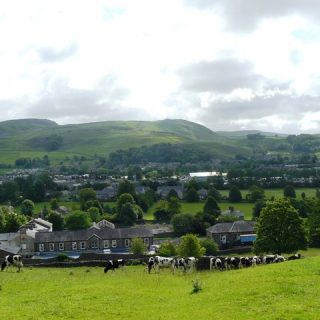
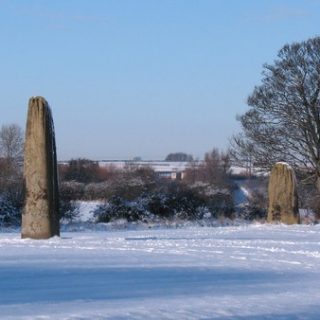
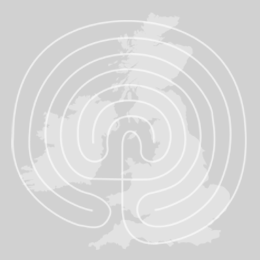
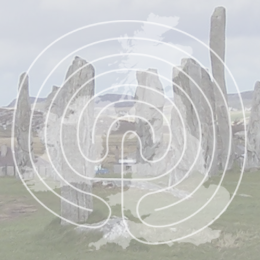
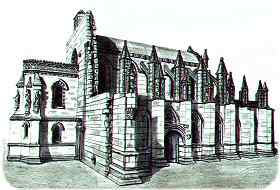
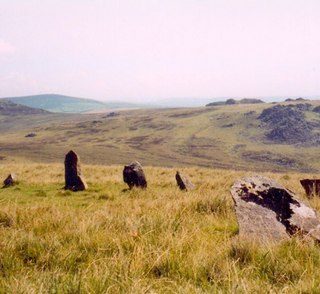
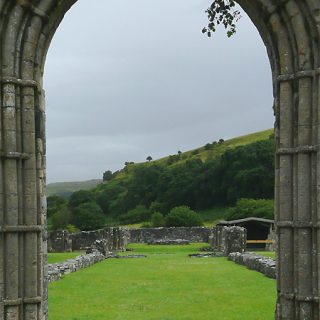
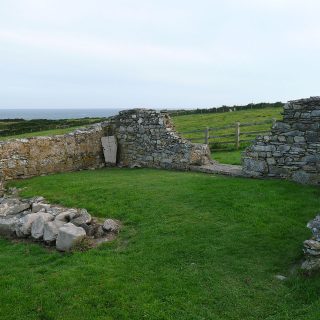
Recent Comments